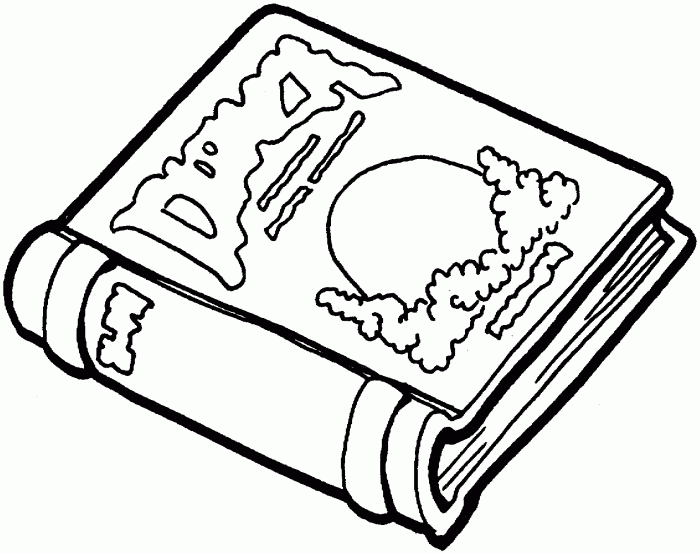Content Creation: Flower Coloring Book Pages

This section details the layout and composition considerations for a series of flower coloring book pages, focusing on a seasonal theme and incorporating a variety of design complexities. Effective page layout is crucial for creating an engaging and visually appealing coloring book experience. The goal is to provide a range of designs that cater to different skill levels and preferences.
Seasonal Theme Organization
Organizing the coloring pages by season allows for a cohesive and thematic approach. A spring section might feature delicate blossoms like cherry blossoms and tulips, while an autumn section could showcase vibrant leaves and sunflowers. This seasonal structure offers a natural progression and allows for a variety of flower types and styles. Consider a progression from simpler designs in early spring to more complex arrangements as the seasons change, mirroring the natural growth and complexity of flora.
Page Layout Incorporating Simple and Complex Designs
Each page should strike a balance between simple and complex elements. A page featuring a single, large, simple daisy offers a calming and easy coloring experience, suitable for younger children or beginners. In contrast, a page depicting a densely packed bouquet of various smaller flowers, each with intricate details, would appeal to more experienced colorists. This variety keeps the book engaging and provides options for different skill levels.
Single Large Flower with Intricate Details
This page should showcase a single, large flower, such as a peony or a rose, rendered with highly detailed petals, leaves, and perhaps even small insects or droplets of dew. The intricate details provide ample opportunity for creative coloring and shading techniques. The large size allows for greater focus on detail and allows for experimentation with different coloring tools and methods.
Imagine a vibrant red rose with delicately rendered veins in each petal, its leaves showing subtle variations in shading.
Bouquet of Smaller Flowers
This page should feature a visually appealing arrangement of smaller flowers, potentially incorporating different species and colors. The challenge here lies in creating a balanced and aesthetically pleasing composition. The flowers could be arranged in a vase, spilling out from a basket, or simply clustered together. Consider incorporating negative space effectively to prevent the page from feeling overcrowded.
An example might be a cheerful bouquet of wildflowers, with delicate forget-me-nots, vibrant poppies, and dainty daisies, all arranged in a charming, slightly asymmetrical cluster.
Target Audience

Creating engaging flower coloring book pages requires careful consideration of the target audience’s age and skill level. Different age groups possess varying fine motor skills, attention spans, and artistic preferences, necessitating diverse design approaches to ensure optimal enjoyment and engagement. This section details appropriate designs for various age ranges and skill levels, highlighting the importance of line weight and detail in catering to these differences.
Flower Coloring Pages for Young Children (Ages 3-5)
This age group benefits from simple designs with large, bold Artikels. Pages should feature chunky petals, minimal details, and large spaces for easy coloring. Examples include single, large blooms like sunflowers with thick, easily-filled petals, or simple daisies with clearly defined centers and petals. The focus should be on large, easily-graspable shapes that allow young children to develop their coloring skills without frustration.
Avoid intricate details or small spaces that may prove challenging for their developing fine motor skills. A single flower per page is often preferable to avoid overwhelming the child.
Flower Coloring Pages for Older Children (Ages 6-12)
Older children possess improved fine motor skills and longer attention spans. Designs can incorporate more intricate details, such as multiple flower types within a single scene, or flowers with more complex petal shapes and textures. Examples include bouquets of various flowers, flower arrangements in vases, or flowers integrated into a larger scene, like a garden or meadow. The inclusion of additional elements, like leaves, stems, and insects, can further enhance engagement and challenge their coloring skills.
Line weights can be slightly thinner than those used for younger children, allowing for more detailed coloring.
Flower Coloring Pages for Adults, Flower coloring book pages
Adult coloring books cater to a wide range of artistic skills. Beginner-friendly pages should feature simpler designs with clear Artikels and large areas of color. More experienced colorists will appreciate intricate designs with fine details, complex patterns, and opportunities for creative shading and blending techniques. Examples for beginners include single flowers with minimal details, or stylized floral patterns.
Advanced designs could feature highly detailed botanical illustrations, mandalas incorporating floral elements, or complex floral arrangements with overlapping petals and leaves.
Line Weight and Detail Level Considerations Across Skill Levels
Line weight plays a crucial role in determining the difficulty of a coloring page. Thicker lines are easier for younger children and beginners to follow, providing a clear guide for coloring within the boundaries. Thinner lines require more precision and are suitable for older children and adults with more advanced skills. Similarly, the level of detail directly impacts the challenge.
Simple designs with large, uncluttered spaces are ideal for beginners, while intricate designs with fine details and complex patterns offer a greater challenge for experienced colorists. For example, a simple daisy with thick petals would be suitable for a young child, while a detailed rose with numerous petals and intricate shading would be more appropriate for an adult.
Flower coloring book pages offer a serene escape, allowing for creative expression through vibrant hues. For a different kind of celestial beauty, you might also enjoy exploring the delicate details found in angel coloring book pages , which offer a unique artistic challenge. Returning to the botanical world, the intricate patterns of flowers provide another fascinating subject for coloring enthusiasts.

